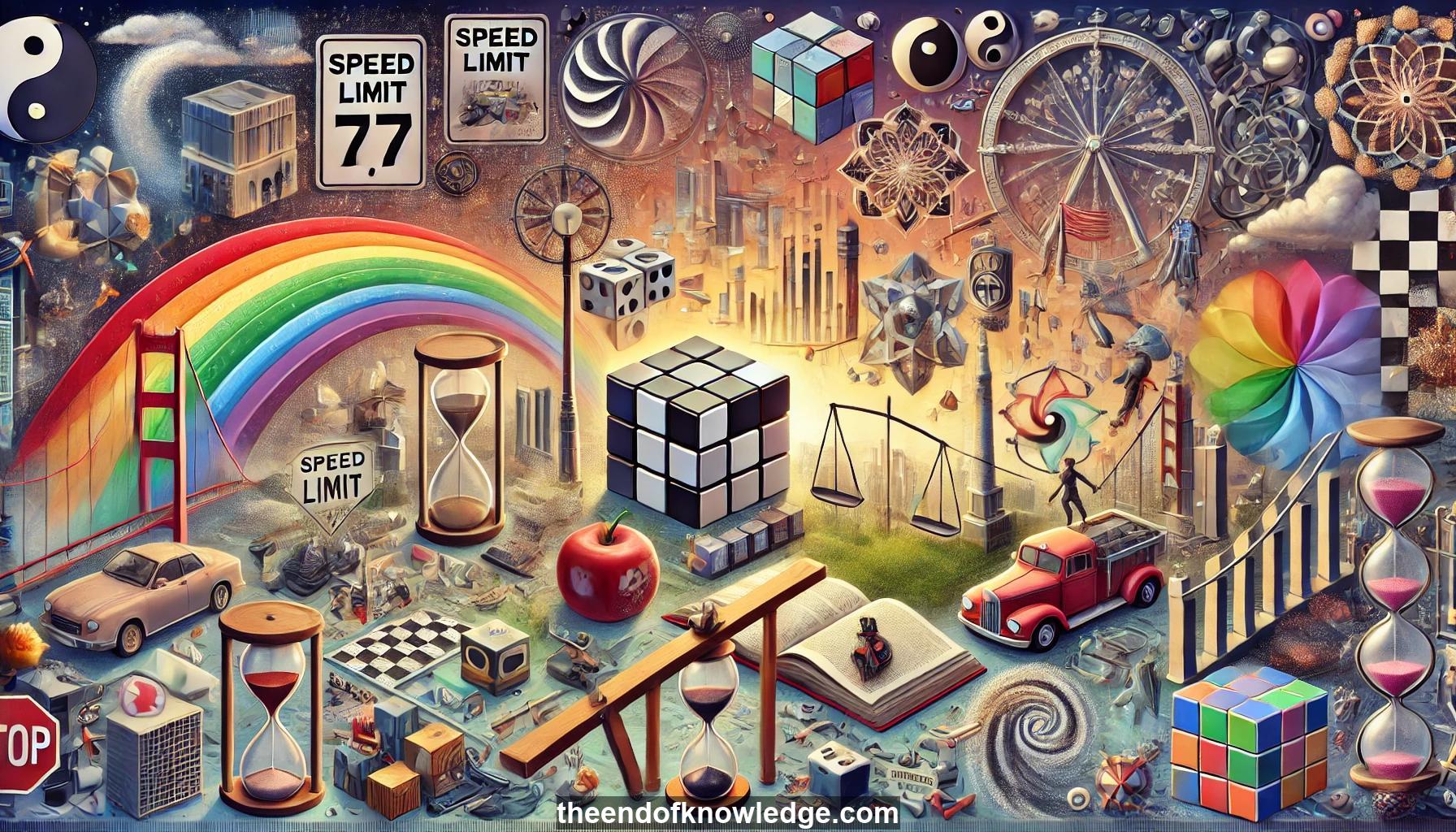 >
>
Concept Graph & Resume using Claude 3.5 Sonnet | Chat GPT4o | Llama 3:
Resume:
1.- Decentralized machine learning: Training models across distributed systems without centralized control.
2.- Layered taxonomy: Categorizing decentralized ML systems into application, protocol, and topology layers.
3.- Theoretical limits: Exploring the optimal convergence rates for decentralized algorithms.
4.- Optimal decentralized algorithms: Introducing methods that achieve the best possible convergence rates.
5.- Data parallelism: Distributing data across multiple workers for parallel processing.
6.- Centralized training: Using methods like all-reduce for synchronized updates across all workers.
7.- Federated learning: Keeping data on edge devices to preserve privacy while training models.
8.- Gossip protocol: A decentralized communication method for information exchange between workers.
9.- Arbitrary graph topology: Connecting workers in various network structures beyond fully connected graphs.
10.- Empirical risk minimization: Formulating the optimization problem for training machine learning models.
11.- Non-convex optimization: Addressing challenges in optimizing complex models like deep neural networks.
12.- Stochastic algorithms: Using random sampling methods like SGD for efficient training.
13.- Data heterogeneity: Dealing with differences in data distribution across workers.
14.- Zero-respecting algorithms: Methods that only update model coordinates through gradients or communication.
15.- Gossip matrix: A fixed matrix used for weighted averaging in gossip protocols.
16.- Spectral gap: The difference between the largest and second-largest eigenvalues of the gossip matrix.
17.- Lower bounds: Theoretical minimum complexity for decentralized training algorithms.
18.- Sampling complexity: The component of algorithmic complexity related to gradient computations.
19.- Communication complexity: The component of algorithmic complexity related to information exchange between workers.
20.- Biphase communication: A paradigm separating computation and communication phases for improved consistency.
21.- DeFacto algorithm: An optimal decentralized algorithm using graph factorization techniques.
22.- DeTAG algorithm: An optimal decentralized algorithm using accelerated gossip and gradient tracking.
23.- Accelerated gossip: A technique to improve the convergence rate of gossip protocols.
24.- Gradient tracking: A method to estimate global gradients in decentralized settings.
25.- Mixing time: The time required for a Markov chain to approach its stationary distribution.
26.- Iteration complexity: The number of iterations required for an algorithm to converge.
27.- CIFAR-10 experiment: Evaluating algorithm performance on image classification with different data shuffling strategies.
28.- ResNet on CIFAR-100: Testing algorithm stability and convergence under various spectral gap conditions.
29.- Optimal face length: The ideal duration of communication phases in biphase communication.
30.- Throughput preservation: Maintaining computational efficiency while improving consistency in decentralized training.
Knowledge Vault built byDavid Vivancos 2024